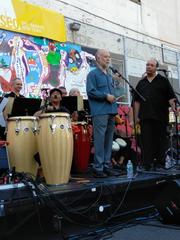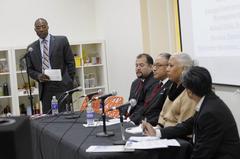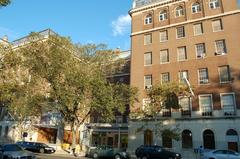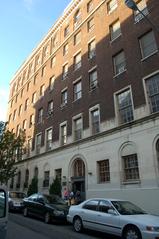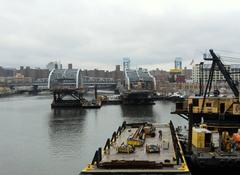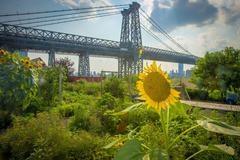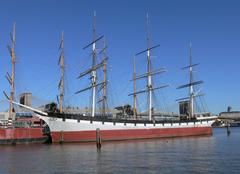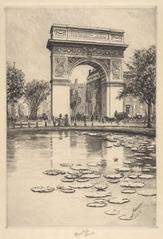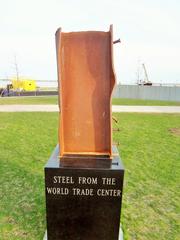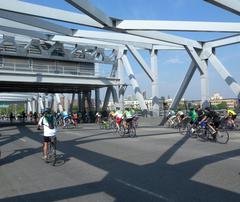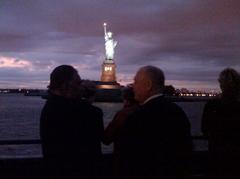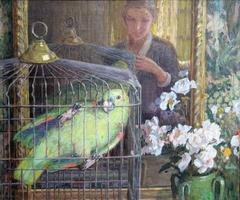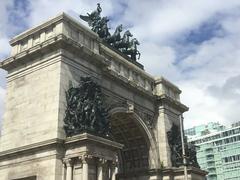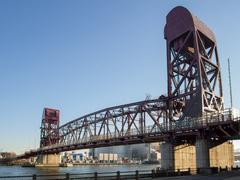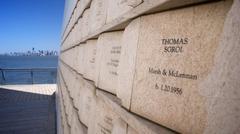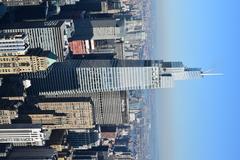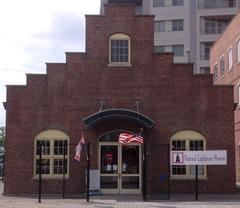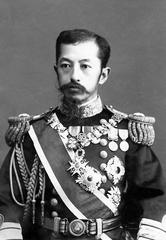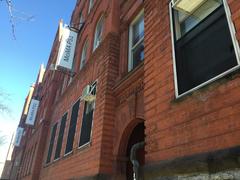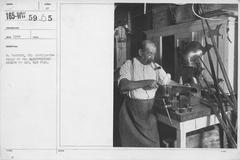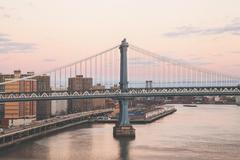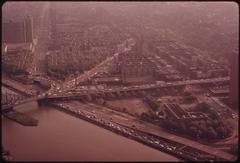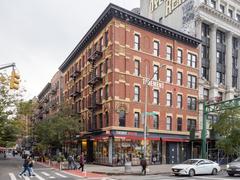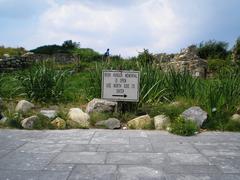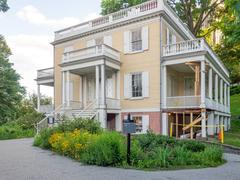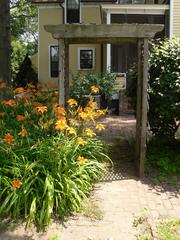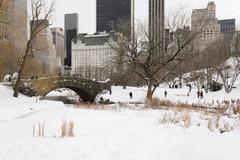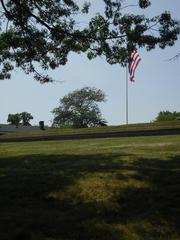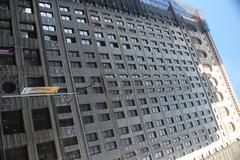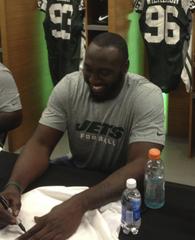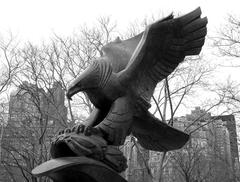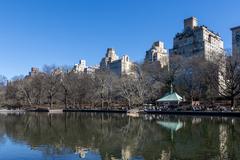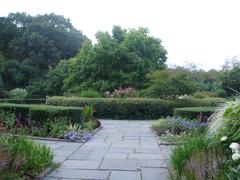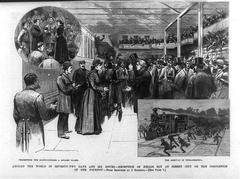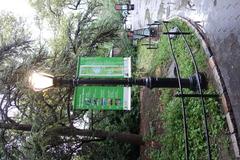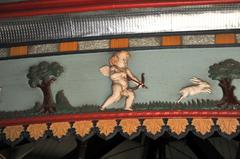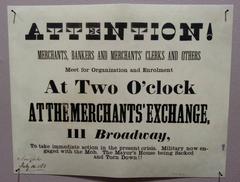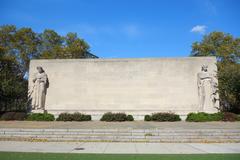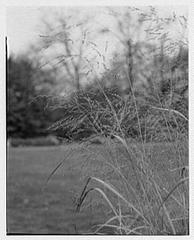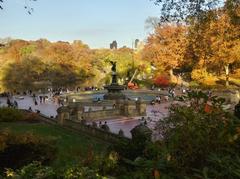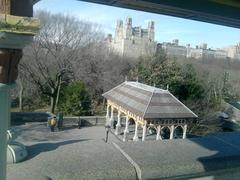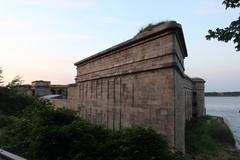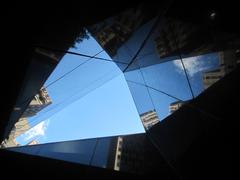
Comprehensive Guide to Visiting Graffiti Hall of Fame, New York City, United States
Published Date: 23/07/2024
Introduction to the Graffiti Hall of Fame
The Graffiti Hall of Fame in East Harlem, New York City, is an essential destination for anyone interested in the vibrant world of street art. Established in 1980 by community activist Ray Rodriguez, also known as ‘Sting Ray,’ this outdoor venue has evolved into a living museum showcasing the works of both emerging and established graffiti artists (source). Located at the Jackie Robinson Educational Complex, the Hall of Fame offers visitors an immersive experience into the rich history and dynamic styles of graffiti art, making it a cultural landmark within East Harlem (source). Whether you’re an art enthusiast, a history buff, or a curious traveler, the Graffiti Hall of Fame offers a unique blend of artistic expression and cultural heritage that captures the essence of New York City’s street art scene.
Table of Contents
- Introduction
- History of the Graffiti Hall of Fame
- Best Time to Visit
- Location and Accessibility
- Entry and Admission
- Guided Tours
- Photography Tips
- Safety Considerations
- Nearby Attractions
- Dining Options
- Cultural Etiquette
- Special Events
- Accessibility
- Souvenirs and Memorabilia
- FAQ
- Top Artists and Iconic Works
- Conclusion
- References and Sources
History of the Graffiti Hall of Fame
Origins and Early Years
The Graffiti Hall of Fame, located in East Harlem, New York City, was established in 1980 by community activist Ray Rodriguez, also known as ‘Sting Ray.’ The venue started as a community project to provide a legal space for graffiti artists to express themselves, gradually becoming a landmark in the graffiti art scene.
Cultural Significance
Over the years, the Graffiti Hall of Fame has become a pivotal platform for both emerging and established artists. It holds cultural significance as it represents the vibrant and diverse artistic community of East Harlem, serving as a canvas for artistic expression and social commentary.
Best Time to Visit
The best times to visit are during the spring (April to June) and fall (September to November) when the weather is mild, making outdoor activities more enjoyable. Summer can be hot and humid, while winter can be cold and snowy, which might detract from the experience.
Location and Accessibility
The Graffiti Hall of Fame is located at 106th Street and Park Avenue in East Harlem, also known as El Barrio. The site is easily accessible by public transportation. The nearest subway station is the 103rd Street Station on the 6 line, which is just a short walk away. For those preferring buses, the M101, M102, and M103 routes all stop nearby.
Entry and Admission
One of the most appealing aspects of the Graffiti Hall of Fame is that it is free to visit. There are no admission fees, making it an accessible attraction for all visitors. The site is open to the public during daylight hours, but it is advisable to visit during the day for safety reasons.
Guided Tours
While the Graffiti Hall of Fame does not offer official guided tours, several local tour companies provide street art tours that include this iconic location. Websites like Street Art NYC and Free Tours by Foot offer detailed information on available tours.
Photography Tips
The vibrant murals at the Graffiti Hall of Fame make for excellent photo opportunities. Here are some tips to capture the best shots:
- Lighting: Visit during the morning or late afternoon when the sunlight is softer and shadows are less harsh.
- Angles: Experiment with different angles to capture the full scope of the murals. Wide-angle lenses can be particularly effective.
- Details: Don’t just focus on the large murals; pay attention to smaller details and tags that add to the overall experience.
Safety Considerations
While East Harlem is generally safe during the day, it is always wise to stay aware of your surroundings. Here are some safety tips:
- Daytime Visits: Stick to visiting during daylight hours.
- Group Visits: If possible, visit with a group or join a guided tour.
- Valuables: Keep your belongings secure and avoid displaying expensive items.
Nearby Attractions
East Harlem is rich in culture and history, offering several nearby attractions that can complement your visit to the Graffiti Hall of Fame:
- El Museo del Barrio: Located at 1230 Fifth Avenue, this museum focuses on Latin American and Caribbean art and culture. More information can be found on their official website.
- Harlem River Park: A short walk away, this park offers scenic views of the Harlem River and is a great place for a leisurely stroll.
- La Marqueta: An iconic marketplace located at 1590 Park Avenue, offering a variety of food vendors and local goods. Visit their website for more details.
Dining Options
East Harlem is known for its diverse culinary scene. Here are some recommended dining spots:
- Rao’s: Located at 455 East 114th Street, this legendary Italian restaurant is known for its exclusivity and delicious cuisine. Reservations are hard to come by, so plan ahead.
- Amor Cubano: Situated at 2018 3rd Avenue, this Cuban restaurant offers a vibrant atmosphere and authentic dishes. Check out their menu online.
- Patsy’s Pizzeria: A historic pizzeria located at 2287 1st Avenue, known for its coal-oven pizzas. More information can be found on their website.
Cultural Etiquette
When visiting the Graffiti Hall of Fame, it’s important to respect the artwork and the community:
- No Touching: Avoid touching the murals to preserve the art.
- Respect the Artists: Many of the murals are created by renowned artists. Show respect by not defacing or altering the artwork.
- Community Respect: Be mindful of the local community and avoid disruptive behavior.
Special Events
The Graffiti Hall of Fame occasionally hosts events and festivals that celebrate street art and culture. These events often feature live painting sessions, music, and food vendors. Keep an eye on local event listings or the Graffiti Hall of Fame Facebook page for updates on upcoming events.
Accessibility
The Graffiti Hall of Fame is accessible to visitors with disabilities. The site is flat and paved, making it easy to navigate with wheelchairs or strollers. However, as it is an outdoor venue, be mindful of weather conditions that might affect accessibility.
Souvenirs and Memorabilia
While there are no official souvenir shops at the Graffiti Hall of Fame, several local stores and vendors in East Harlem offer unique items that reflect the neighborhood’s vibrant culture. Look for street art prints, local crafts, and other memorabilia to take home a piece of your experience.
FAQ
Q: What are the visiting hours for the Graffiti Hall of Fame? A: The site is open to the public during daylight hours.
Q: Is there an admission fee for the Graffiti Hall of Fame? A: No, it is free to visit.
Q: How can I get to the Graffiti Hall of Fame by public transportation? A: The nearest subway station is the 103rd Street Station on the 6 line, and the M101, M102, and M103 bus routes stop nearby.
Q: Are there guided tours available? A: While there are no official tours, local tour companies offer street art tours that include the Graffiti Hall of Fame.
Top Artists and Iconic Works at the Graffiti Hall of Fame
Keith Haring
One of the most notable artists to have left his mark on the Graffiti Hall of Fame is Keith Haring. Known for his bold lines and vibrant colors, Haring’s work often carried social messages. His iconic ‘Radiant Baby’ and ‘Barking Dog’ motifs have been immortalized on the walls of the Hall of Fame. Haring’s contributions to the graffiti scene in New York City during the 1980s helped elevate the art form to new heights, blending street art with social activism.
Tats Cru
Tats Cru, a group of professional muralists from the Bronx, have been a significant presence at the Graffiti Hall of Fame. Founded by Bio, Nicer, and BG183, Tats Cru has been creating murals since the 1980s. Their work is known for its intricate detail and vibrant colors. One of their most famous pieces at the Hall of Fame is a tribute to the victims of the September 11 attacks, showcasing their ability to blend artistic expression with poignant social commentary.
Lady Pink
Lady Pink, born Sandra Fabara, is one of the few female artists who have made a significant impact on the graffiti scene. Known as the ‘First Lady of Graffiti,’ Lady Pink began her career in the late 1970s and quickly gained recognition for her unique style and powerful themes. Her work at the Graffiti Hall of Fame often features strong, independent women and explores themes of feminism and empowerment. Lady Pink’s contributions have been instrumental in breaking gender barriers within the graffiti community.
Futura 2000
Futura 2000, born Leonard Hilton McGurr, is another legendary figure whose work has graced the walls of the Graffiti Hall of Fame. Known for his abstract style and futuristic themes, Futura 2000 has been a pioneer in the graffiti world since the 1970s. His work often incorporates elements of science fiction and abstract expressionism, making him one of the most innovative artists in the genre. Futura 2000’s pieces at the Hall of Fame are a testament to his enduring influence and creativity.
Cope2
Cope2, born Fernando Carlo, is a Bronx-based graffiti artist who has been active since the late 1970s. Known for his distinctive ‘wildstyle’ lettering and vibrant color schemes, Cope2’s work is instantly recognizable. His contributions to the Graffiti Hall of Fame include some of his most famous tags and murals, showcasing his mastery of the art form. Cope2’s influence extends beyond New York City, as he has collaborated with major brands and exhibited his work internationally.
Sane Smith
The duo known as Sane Smith, consisting of brothers David and Roger Smith, have also left a significant mark on the Graffiti Hall of Fame. Known for their bold, blocky letters and high-contrast color schemes, Sane Smith’s work often features political and social commentary. Their pieces at the Hall of Fame are a reflection of their commitment to using graffiti as a medium for expressing powerful messages.
Crash
John Matos, better known as Crash, is another influential artist whose work can be seen at the Graffiti Hall of Fame. Crash began his career in the late 1970s and quickly gained recognition for his comic book-inspired style and vibrant color palettes. His murals often feature dynamic characters and intricate designs, making them a standout at the Hall of Fame. Crash’s contributions have helped bridge the gap between street art and the fine art world.
Daze
Chris Ellis, known as Daze, is a Brooklyn-born artist who started his graffiti career in the late 1970s. Daze’s work is characterized by its vibrant colors and surreal, dreamlike imagery. His pieces at the Graffiti Hall of Fame often explore themes of urban life and personal identity. Daze’s ability to blend traditional graffiti techniques with fine art sensibilities has made him a respected figure in both the street art and contemporary art communities.
Conclusion
Visiting the Graffiti Hall of Fame offers a unique opportunity to witness the evolution of street art in one of New York City’s most culturally rich neighborhoods. From the pioneering works of iconic artists like Keith Haring and Tats Cru to the contemporary pieces that continue to adorn its walls, the Hall of Fame stands as a testament to the creativity and resilience of the graffiti community (source). By following the provided tips and guidelines, visitors can ensure a safe and enriching experience, gaining deeper insights into the vibrant world of graffiti. Whether you’re exploring on your own or joining a guided tour, the Graffiti Hall of Fame promises an unforgettable journey through the ever-evolving landscape of street art. Don’t forget to explore nearby attractions, savor the local cuisine, and capture the stunning murals that make this site a must-visit destination in New York City (source).

